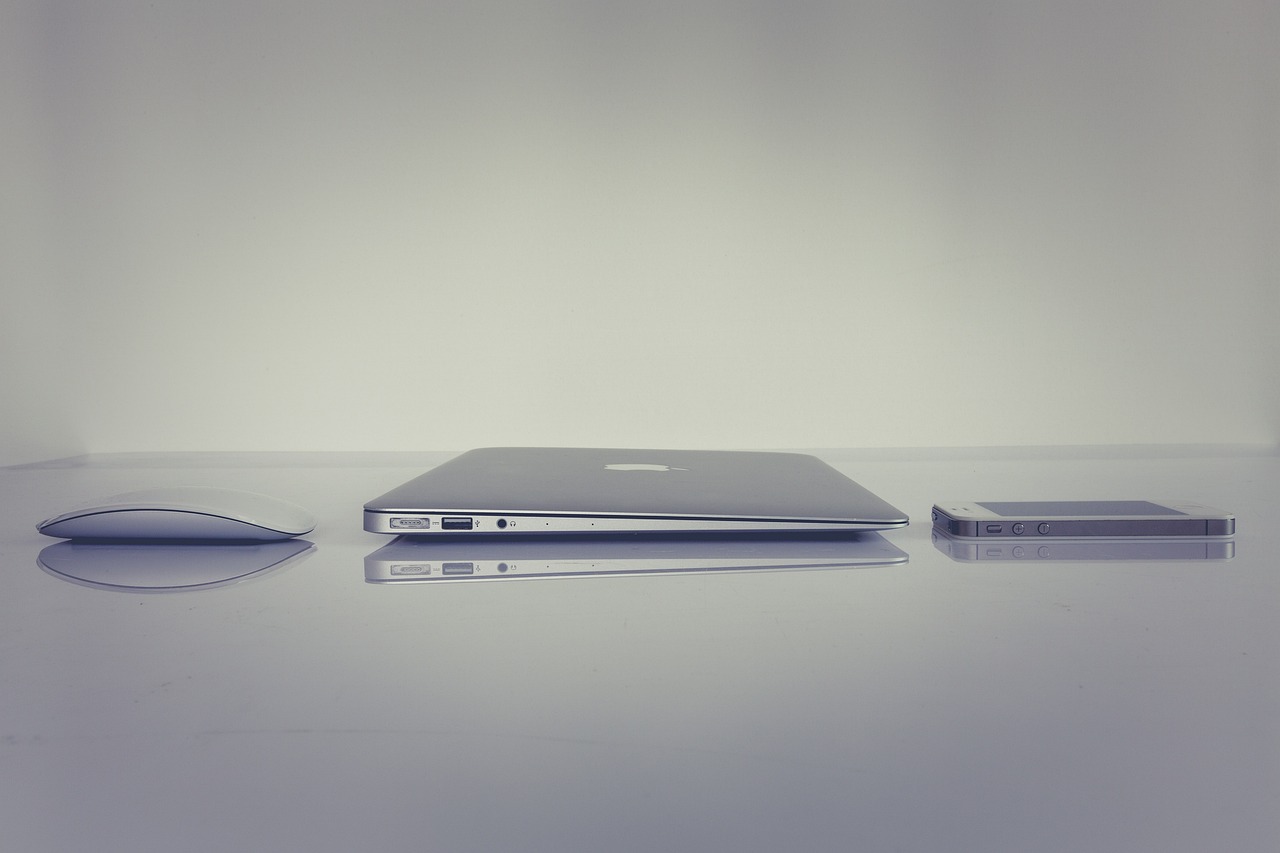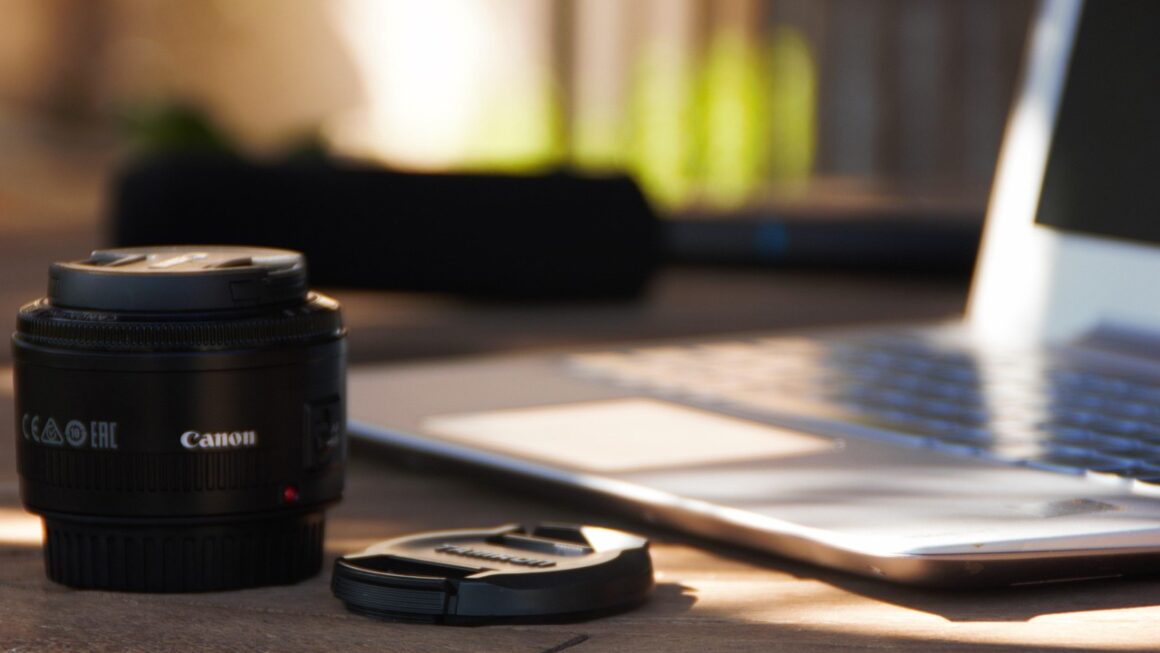The digital landscape is constantly evolving, and with it, the demand for new skills and creative solutions. Enter the exciting world of AI art freelancing, a field where technology meets artistry, offering unprecedented opportunities for creative professionals and those looking to break into the world of digital art. Whether you’re a seasoned artist looking to leverage AI tools or a tech enthusiast with a passion for visuals, AI art freelancing provides a dynamic and rapidly growing market to explore. This post will guide you through the ins and outs of becoming a successful AI art freelancer, from understanding the tools to marketing your unique skills.
Understanding the AI Art Freelance Landscape
What is AI Art?
AI art, at its core, involves using artificial intelligence algorithms to generate original artwork. This can range from creating images from text prompts to manipulating existing images in novel ways.
- Text-to-Image Generation: Platforms like DALL-E 2, Midjourney, and Stable Diffusion allow you to input text descriptions and receive corresponding images. For example, you could type “A cyberpunk cityscape at sunset” and the AI will generate multiple variations of that scene.
- Image Manipulation: Tools like RunwayML offer capabilities for inpainting (filling in missing parts of an image), style transfer (applying the style of one image to another), and more.
- AI-Assisted Design: Programs like Adobe Sensei are integrated into software like Photoshop and Illustrator, offering features like automatic selection, content-aware fill, and more to speed up the design process.
The Demand for AI Art Freelancers
The demand for AI art freelancers is soaring due to several factors:
- Cost-Effectiveness: AI can generate images and designs more quickly and affordably than traditional methods.
- Rapid Prototyping: AI allows businesses to quickly create visual prototypes and explore different design options.
- Unique and Novel Art: AI can generate art styles and concepts that are difficult or impossible to achieve with traditional methods.
- Marketing and Advertising: Businesses use AI-generated visuals for social media campaigns, website content, and product visualizations. According to a recent report, AI is projected to increase marketing effectiveness by 20% within the next five years.
Niche Opportunities in AI Art
Within the broader field of AI art freelancing, you can specialize in several niches:
- AI-Generated Illustrations: Creating custom illustrations for books, websites, and marketing materials.
- AI-Powered Graphic Design: Designing logos, branding assets, and social media graphics using AI tools.
- AI-Generated Art for NFTs: Producing unique digital art for the Non-Fungible Token (NFT) market.
- AI-Based Video Production: Creating short videos, animations, and visual effects using AI.
- AI Product Visualization: Generating photorealistic images of products for e-commerce and advertising.
Essential Skills and Tools
Mastering AI Art Tools
A strong understanding of AI art tools is crucial for success.
- DALL-E 2: Known for its ability to generate realistic and diverse images from text prompts.
- Midjourney: Popular for its artistic and surreal image generation capabilities. Requires a Discord account.
- Stable Diffusion: An open-source model that offers flexibility and customization options. Can be run locally on powerful computers.
- RunwayML: Provides a user-friendly interface and a variety of AI tools for image and video manipulation.
- DeepArt.io: Specializes in applying artistic styles to images.
- Canva AI Integration: Canva now offers AI-powered features, simplifying design workflows and allowing for text-to-image generation directly within the platform.
- Actionable Takeaway: Dedicate time to experimenting with each tool to understand its strengths and weaknesses. Explore tutorials and online communities to learn advanced techniques.
Essential Software and Hardware
Besides AI tools, you’ll need other software and hardware:
- Image Editing Software: Adobe Photoshop, GIMP (free), or Affinity Photo for post-processing and refining AI-generated images.
- Graphic Design Software: Adobe Illustrator, Inkscape (free), or Affinity Designer for creating vector graphics and logos.
- Video Editing Software: Adobe Premiere Pro, DaVinci Resolve (free), or Final Cut Pro for video editing and animation.
- Hardware: A computer with a powerful GPU (Graphics Processing Unit) is recommended, especially for running Stable Diffusion locally or using AI-accelerated features in other software. A high-resolution monitor and a drawing tablet (optional) can also improve your workflow.
Developing Creative Skills
While AI can generate images, your creative skills are essential for guiding the process and producing high-quality results.
- Composition: Understanding the principles of visual composition to create balanced and engaging images.
- Color Theory: Knowing how to use color effectively to evoke emotions and create visual harmony.
- Typography: Understanding typography to create visually appealing text elements.
- Art Styles: Familiarizing yourself with different art styles (e.g., Impressionism, Cubism, Pop Art) to generate images in specific styles.
- Actionable Takeaway: Take online courses or workshops to improve your creative skills. Study the works of famous artists and designers to learn from their techniques.
Building Your Freelance Portfolio
Showcasing Your AI Art Skills
Your portfolio is your most important marketing tool. It should showcase your best work and demonstrate your ability to meet client needs.
- Create a Website: A professional website is essential for showcasing your portfolio and attracting clients. Use platforms like WordPress, Wix, or Squarespace to create a visually appealing website.
- Online Portfolio Platforms: Use platforms like Behance, Dribbble, and ArtStation to showcase your work and connect with other creatives.
- Social Media: Use platforms like Instagram, Twitter, and LinkedIn to share your work and engage with potential clients.
Portfolio Examples and Case Studies
Include a variety of examples in your portfolio to demonstrate your versatility.
- AI-Generated Illustrations: Show examples of illustrations you created for different purposes, such as children’s books, website graphics, or marketing materials.
- AI-Powered Graphic Design: Showcase logos, branding assets, and social media graphics you designed using AI tools.
- AI-Generated Art for NFTs: Include examples of unique digital art you created for the NFT market.
- Case Studies: Describe specific projects you worked on, highlighting the challenges you faced and the solutions you provided using AI art techniques.
- Example: “Created a series of AI-generated illustrations for a children’s book about space exploration. Used Midjourney to generate images of planets, spaceships, and astronauts based on the author’s descriptions. The illustrations were well-received by readers and helped bring the story to life.”
Tailoring Your Portfolio to Your Niche
Focus your portfolio on the niche you want to specialize in.
- If you want to focus on AI-generated illustrations: Include a variety of illustrations in different styles and genres.
- If you want to focus on AI-powered graphic design: Showcase logos, branding assets, and social media graphics you designed for different industries.
- If you want to focus on AI-generated art for NFTs: Include examples of unique digital art you created for the NFT market, showcasing different styles and themes.
Finding Clients and Marketing Your Services
Freelance Platforms and Job Boards
Utilize online platforms to find freelance opportunities.
- Upwork: A popular platform with a wide range of freelance jobs, including AI art and design.
- Fiverr: Known for its gig-based services, where you can offer specific AI art services for a fixed price.
- Toptal: A platform for connecting with top freelance talent, requiring a rigorous screening process.
- Guru: Another platform with a variety of freelance jobs, including AI art and design.
- LinkedIn: Use LinkedIn to connect with potential clients and find freelance opportunities.
Networking and Building Relationships
Networking is crucial for finding clients and building a successful freelance career.
- Attend Industry Events: Attend online and in-person events related to AI, art, and design.
- Join Online Communities: Join online communities and forums related to AI art and freelancing.
- Connect with Potential Clients: Reach out to potential clients directly via email, LinkedIn, or social media.
- Example: “Joined a Discord server for AI artists and connected with a marketing agency looking for AI-generated visuals for their clients’ social media campaigns. Secured a long-term contract to create daily content.”
Pricing Strategies for AI Art
Pricing your services competitively is essential for attracting clients.
- Hourly Rate: Charge an hourly rate based on your experience and skills. Research the average hourly rates for AI art freelancers in your region.
- Project-Based Pricing: Offer fixed prices for specific projects, such as creating a logo or designing a website.
- Value-Based Pricing: Price your services based on the value you provide to the client. This approach is more suitable for complex projects where your expertise can significantly impact the client’s business.
- Example: “Charge $50 per hour for AI-generated illustrations, $200 for a logo design, and $500 for a website design. Offer discounts for long-term contracts.”
Marketing Your AI Art Services
Effective marketing is essential for attracting clients.
- Content Marketing: Create blog posts, articles, and videos showcasing your AI art skills and knowledge.
- Social Media Marketing: Use social media platforms to share your work, engage with potential clients, and build your brand.
- Email Marketing: Build an email list and send out regular newsletters showcasing your work and offering special promotions.
- Actionable Takeaway: Create a marketing plan outlining your target audience, marketing channels, and key messages. Track your results and adjust your strategy as needed.
Conclusion
AI art freelancing presents a unique opportunity to blend creativity with cutting-edge technology. By understanding the tools, developing your skills, building a compelling portfolio, and effectively marketing your services, you can establish a thriving freelance career in this exciting and rapidly evolving field. The key is to stay curious, continuously learn, and adapt to the ever-changing landscape of AI art. As AI technology continues to advance, the demand for skilled AI art freelancers will only continue to grow, making it a promising career path for those with a passion for art and technology.




